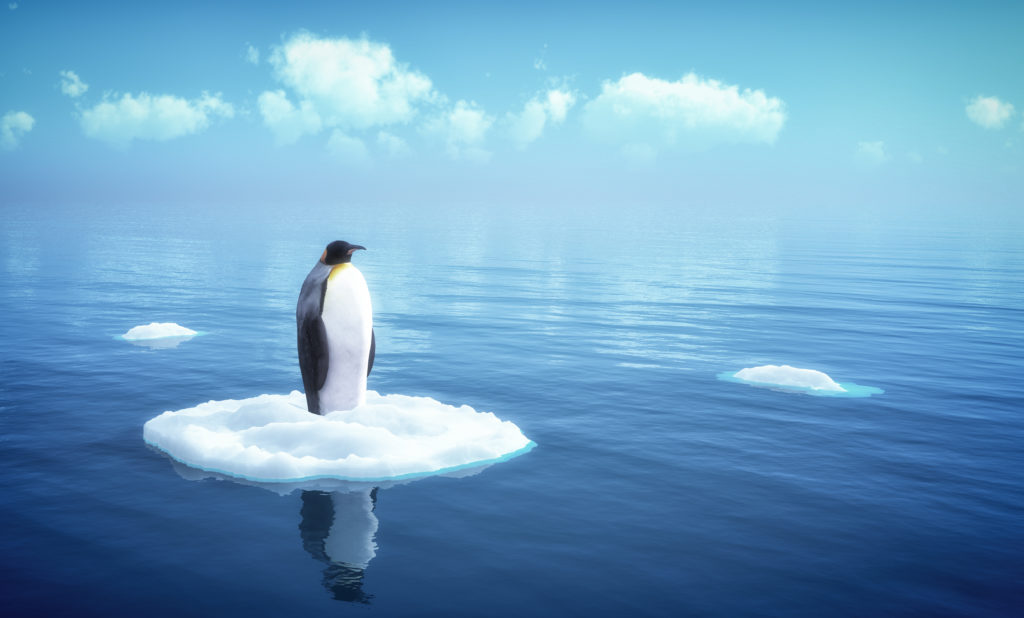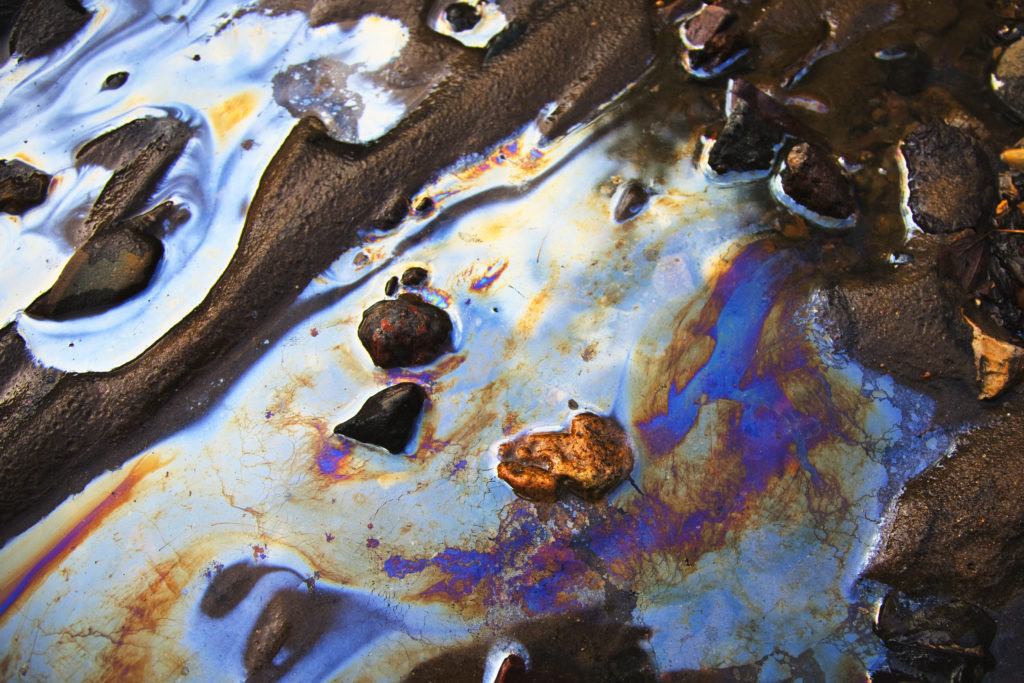The ocean has facilitated human life for as long as we have existed. As well as providing an invaluable source of food, the ocean helps to regulate the global climate, and generates 70 percent of our oxygen. The survival of all species, including humans, depends upon the continued health of the marine environment. In recent years, however, it has become clear that the ocean is suffering because of human exploitation. A resource that once seemed limitless is now at risk of complete collapse. To repair the marine environment, we must understand the issues that are threatening it. Here we’ll take a look at three of the most serious threats to our oceans and also what we can personally do to mitigate them.
Climate Change
Climate change is perhaps the most serious of the threats to our oceans long-term. Largely caused by the industrialization of the past two centuries, climate change is arguably the biggest threat to our oceans. When we burn fossil fuels like coal and oil, they release greenhouse gases into the atmosphere. These accumulate and help trap heat near the Earth’s surface. As a direct result of this phenomenon, global temperatures are rising, as is the atmospheric concentration of carbon dioxide. This leads to two major problems for the ocean.
Coral colonies are comprised of thousands of living polyps, which are in turn populated by microscopic algae called zooxanthellae. Through photosynthesis, zooxanthellae provide the nutrients that coral needs to live and grow. But the algae are incredibly sensitive to temperature change. They can die if exposed to water that is as little as 1°C warmer than the upper limit of their accustomed temperature range. When a coral loses its zooxanthellae, it turns white and soon dies. This phenomenon is called coral bleaching. Rising sea temperatures have caused mass coral bleaching in many parts of the world. This disaster negatively impacts everything that depends on the reef for survival.
The second major problem associated with climate change is ocean acidification. The ocean is a natural carbon sink, which means that it absorbs carbon dioxide from the atmosphere and converts it into oxygen. However, increased atmospheric concentrations of carbon dioxide have led to the ocean becoming oversaturated, and increasingly acidic as a result. Ocean acidification degrades marine structures made of calcium carbonate, including corals and certain shellfish species. These species form the basis of the marine food chain, and their collapse as a result of acidification has a catastrophic domino effect.
What you can do
Climate change is caused by unsustainable energy consumption. We can all make a difference by limiting our personal energy use. We can ride a bike to work instead of driving, or make sure to turn of all lights and electronic devices when we aren’t using them. The biggest impact you can have on reversing climate change, however, is through your diet. Consider eating less — or no — meat: according to some studies, factory farming accounts for 51 percent of annual worldwide greenhouse gas emissions.
Overfishing
As the world’s human population grows, so does the demand for seafood. To meet that demand, commercial fisheries have developed methods that allow them to catch tons of fish at a time, to the point where doing so is no longer sustainable. Overfishing occurs when more fish are caught than can be replaced through natural reproduction. It has brought more than 85 percent of the world’s fisheries to the brink of collapse in just the last 50 years. The delicate balance upon which the marine ecosystem depends has been compromised, and certain targeted species (including the bluefin tuna and the Atlantic cod) are now facing extinction.
Commercial fisheries typically target the ocean’s top predators, including tuna, grouper and sharks. Removing predators like these can cause the uncontrolled population explosion of their natural prey species. This in turn has negative ramifications lower down the food chain. For example, the decline of shark populations off the coast of North Carolina has led to an increased number of cownose rays. These have subsequently decimated local scallop fisheries. In the last 100 years, 90 percent of the world’s sharks have disappeared from our oceans. This is partly due to direct targeting, and partly as the result of indiscriminate commercial fishing methods. Bycatch as a consequence of fishing practices like trawling and long-lining affects many non-target species. These include dolphins, turtles, rays and seahorses.
What you can do
Stop eating fish and shellfish entirely. If you simply cannot live without it, limit your intake drastically. If you must purchase fish or other seafood products, follow sustainable seafood guides like this one, published by Monterey Bay Aquarium.
Pollution
The pollution that affects the marine environment comes from many different sources. According to the National Oceanic and Atmospheric Administration (NOAA), more than 80 percent of marine pollution originates from land. There are two main ways in which this terrestrial pollution finds its way into the ocean. First is directly, via intentional discharge (i.e., the pumping of sewage or industrial waste into the sea). Second is indirectly, either as run-off from the land, or as pollutants absorbed into the atmosphere and then released into the ocean.
These pollutants adversely affect the marine environment in a number of ways. Effluent from factories or industrial plants often includes toxic waste. Tiny marine organisms ingest this waste and transfer it throughout the ecosystem. The level of toxicity increases as it ascends the food chain. This can cause disease, mutation, infertility and even death for those animals affected. Run-off from the land includes soil, fertilizers and pesticides, all of which introduce excess nutrients into the ocean. As a result, algae and plankton bloom in the affected areas. This uses up all the oxygen in the water until no other animals can survive. There are currently 375 of these hypoxic “dead” zones around the world.
Of course, the most visible form of marine pollution is either intentionally or accidentally discarded human rubbish. Most of this is plastic, and it’s one of the most insidious threats to our oceans. It is estimated that over 110,000,000 million tons of plastic rubbish exists in our oceans today. Plastic takes hundreds of years to degrade — if ever — and it poses a serious risk to marine life. Plastic waste can entangle animals, which in turn can lead to restricted movement, injury, starvation, and even suffocation. Many marine animals and seabirds accidentally consume plastic waste, which can also have fatal consequences.
What you can do
Limit your use of plastic when possible. Stop buying disposable plastic products like razors and toothbrushes, opting instead for longer-lasting or biodegradable materials. Purchase reusable grocery bags. Recycle what you do use, including glass, tin and paper.



